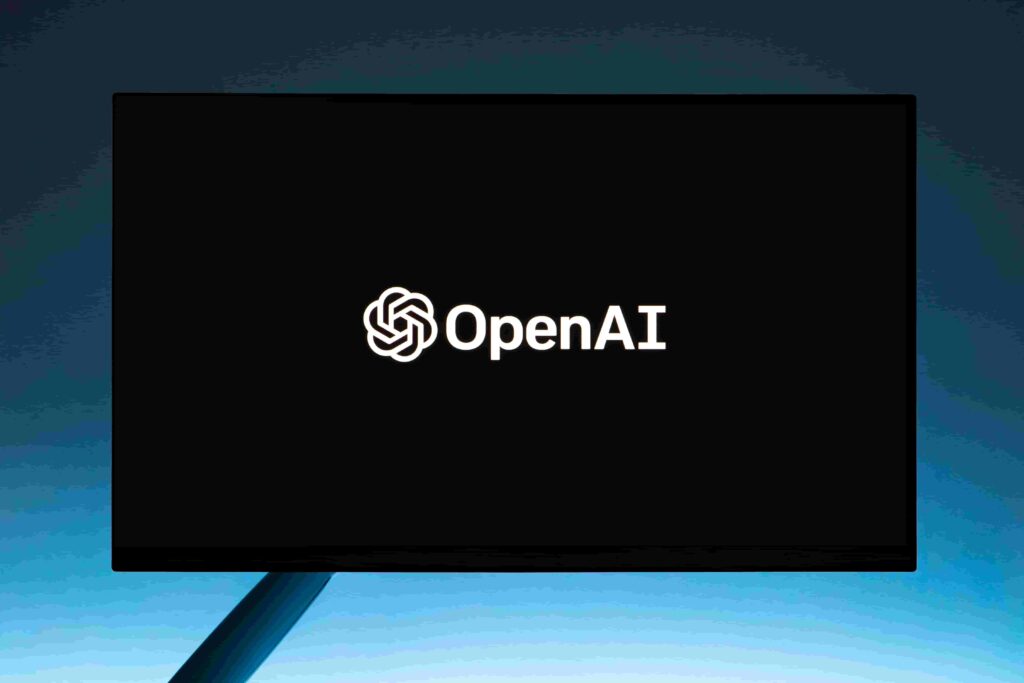Introduction
While the tech headlines focus on dramatic AI breakthroughs, a quieter revolution is taking place right under our noses: AI in everyday admin. From automated scheduling to intelligent document filing, AI is reshaping small business operations in ways many haven’t yet noticed. Could your business be falling behind? The administrative AI revolution differs from consumer-facing applications because it operates behind the scenes, optimising workflows that employees and customers rarely notice directly. However, the cumulative impact of these improvements creates significant competitive advantages through increased efficiency, reduced errors, and freed-up human capacity for strategic work.The invisible helpers behind the scenes
Unlike flashy robotics or self-driving cars, AI in admin is often subtle. Tools like Fireflies for meeting notes or ChatGPT for content drafting run quietly in the background, boosting productivity without fanfare. Modern AI systems have transformed document processing from time-consuming manual work into streamlined automated workflows. Businesses now use AI to extract information from invoices, contracts, and forms with accuracy levels that often exceed human performance. This transformation extends beyond simple data entry. AI systems can categorise documents, route them to appropriate departments, and even flag inconsistencies or potential errors for human review. The result is faster processing times, improved accuracy, and significant cost reduction in administrative overhead. Email Management and Communication AI-powered email management systems now handle routine correspondence, schedule meetings, and prioritise messages based on content analysis and sender importance. These systems learn from user behaviour to improve their effectiveness over time, creating increasingly personalised and efficient communication workflows. Financial Operations and Reporting Automation The finance department has become a primary beneficiary of AI automation. Expense report processing, invoice matching, and basic bookkeeping tasks that once required hours of human attention now happen automatically with AI oversight. AI systems excel at identifying patterns in financial data that might indicate errors, fraud, or opportunities for cost savings. This capability allows finance teams to focus on strategic analysis and planning rather than routine data manipulation and verification tasks. Customer Service and Support Enhancement AI chatbots and automated response systems handle increasing volumes of customer inquiries without human intervention. More sophisticated than early chatbot technology, modern AI customer service tools can understand context, access customer history, and provide personalised responses that feel natural and helpful. AI systems now predict inventory needs with remarkable accuracy by analysing historical data, seasonal patterns, and market trends. This capability reduces both overstock and stockout situations, improving cash flow and customer satisfaction simultaneously. Supply chain AI extends beyond inventory management to optimise shipping routes, predict delivery delays, and automatically adjust ordering schedules based on changing demand patterns. These improvements often remain invisible to customers but significantly impact operational efficiency and profitability. Competitive Implications of Administrative AI Businesses that embrace administrative AI gain compound advantages over competitors still relying on manual processes. The time savings from automated routine tasks accumulate quickly, allowing teams to focus on innovation, customer relationships, and strategic planning. Cost advantages from AI automation can be substantial, particularly for businesses with high volumes of routine administrative work. These savings can be reinvested in growth initiatives, competitive pricing, or improved customer experiences. AI-enhanced operations provide scalability advantages that become particularly important during growth phases. Businesses can handle increased volume without proportional increases in administrative staff, maintaining profitability while expanding market presence. Implementation Considerations for Business Leaders The key to successful administrative AI implementation lies in starting with well-defined, routine processes rather than attempting to automate complex, variable workflows. Businesses should focus on tasks with clear inputs, predictable outputs, and measurable success criteria. Change management becomes crucial as AI systems alter established workflows. Employees need training not just on new tools but on how to work effectively alongside AI systems and focus their efforts on higher-value activities.How AI Is Changing Administrative Work
- Meeting scheduling is no longer manual
- Email triage and smart replies
- Invoice processing and document handling
- AI-powered note-taking and summaries
Why Many Businesses Haven’t Noticed
- It’s integrated into tools you already use
- It’s incremental—not dramatic
Are You Falling Behind?
Signs your business might be missing out- You’re still using spreadsheets for everything.
- Meeting notes are handwritten or forgotten.
- Your inbox rules haven’t changed in years.
- You rely on staff to manually file and search documents.
Conclusion
Smart businesses are quietly transforming their operations through targeted AI implementation, freeing human resources for strategic work while improving accuracy and efficiency in routine tasks. Organisations that delay this transformation risk falling behind competitors who are already reaping the benefits of operational AI integration.The AI revolution in everyday admin isn’t coming – it’s already here. Businesses that adopt these tools now will outperform those still relying on outdated methods. The good news? You don’t need a massive budget or technical team to get started. Small changes, like trying an AI meeting assistant or smart calendar, can deliver big results. Don’t let your business fall behind while the revolution quietly passes you by.
We Review Calendly Scheduling Tool


